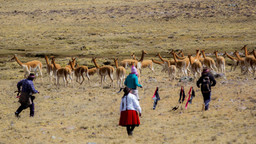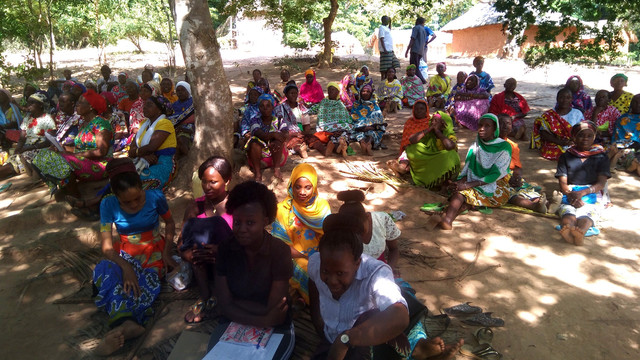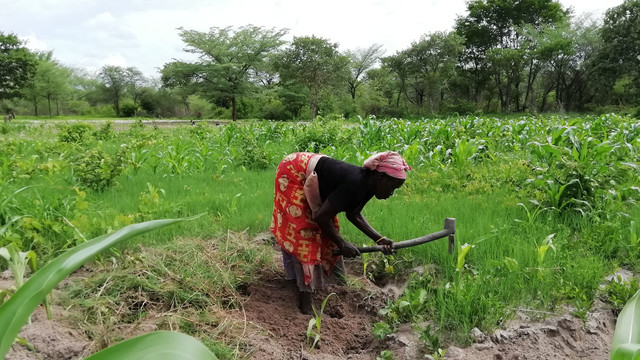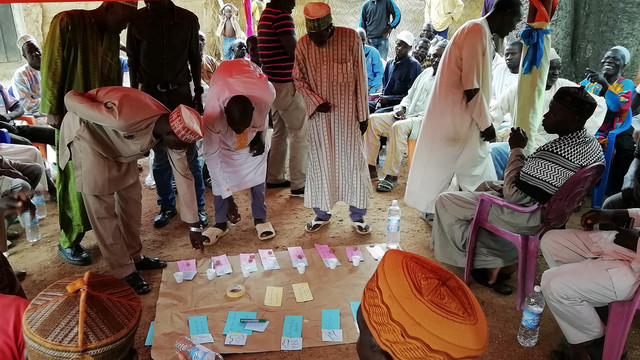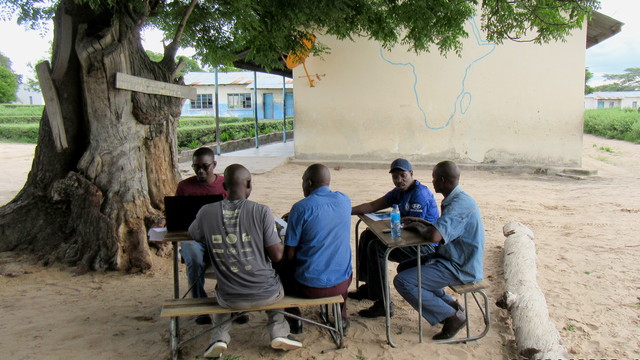Assessing the sustainability of wild species use
Sustainable use of wild species is a key mechanism for supporting local peoples’ livelihoods while also conserving biodiversity. But how do we assess sustainability? IIED and partners are developing a framework to explore multiple dimensions including human health and animal welfare.

Asocaiman project in San Antero, Córdoba, Colombia (Photo: copyright Kike Bossa)
Sustainable use of wild species is one of three pillars of the Convention on Biological Diversity (CBD), alongside conservation and equitable benefit sharing.
Sustainability, conventionally, has three dimensions: ecological, economic and social. However, in the wake of COVID-19, there has been increasing attention to the human and animal health and welfare aspects of wild species use.
Consequently, the new Kunming-Montreal Global Biodiversity Framework (GBF) calls for use to be not just sustainable (and legal) but also safe. Currently, however, there is no straightforward way to determine if this is the case.
This project, funded under the innovation scheme of the UK Darwin Initiative, is intended to develop and test a prototype framework for assessing sustainability from multiple dimensions.
What is IIED doing?
IIED is working with IUCN Sustainable Use and Livelihoods Specialist Group, TRAFFIC, Endangered Wildlife Trust (EWT) and EPIC Biodiversity to design a framework that is simple enough for different types of wildlife users to apply but, at the same time, credible and based on internationally acceptable standards.
TRAFFIC, EWT and EPIC will test the prototype framework for proof of concept against wildlife uses they are currently involved with including reptile skin production, game ranching and wild meat production. We will also test it against case studies already being collected in a species use database currently under development by IUCN SULi.
The challenges
Our endeavour is challenging and exploratory. Sustainability assessment is difficult and technically complex. The framework needs to address different dimensions of sustainability, but it also must be accessible and user-friendly for wildlife users to easily apply.
Although the project will appoint a multidisciplinary expert group to help guide the design and testing process, it might simply not be possible to develop a framework that is sufficiently robust to be meaningful.
However, if it is possible – and if it shows the potential to be further developed into an international standard for sustainable wildlife utilisation – then this could move from an innovation to a game-changer, providing a common understanding of what it means to meet the GBF requirements.
Five-dimensional sustainability assessment
In November 2023, a five-dimensional sustainability assessment pilot tool was launched by IIED and partners to bring a more rounded approach to assessing sustainability in relation to the use of wild species. The tool adds animal welfare and human health to the conventional ecological, economic and social dimensions of sustainability.
News and updates
Additional resources
Five-dimensional sustainability assessment framework (5DSAF) (xlsx file) (November 2023)
Five-dimensional sustainability assessment: developing and testing a new framework (PDF), backrgound paper (November 2023)
Prioritising sustainable use in the Kunming-Montreal Global Biodiversity Framework, PLOS Sustainability and Transformation (January 2023)
Sustainable use in the post-2020 Global Biodiversity Framework. Science briefs on targets, goals and monitoring in support of the post-2020 Global Biodiversity Framework negotiations (PDF), GeoBon (November 2022)
Assessment report on the sustainable use of wild species, IPBES secretariat (July 2022)
Blog: Preventing future pandemics means taking a considered approach to wildlife trade and 'wet markets', by Dilys Roe (July 2022)
Blog: Despite COVID-19, using wild species may still be the best way to save them, by Dilys Roe (April 2020)
